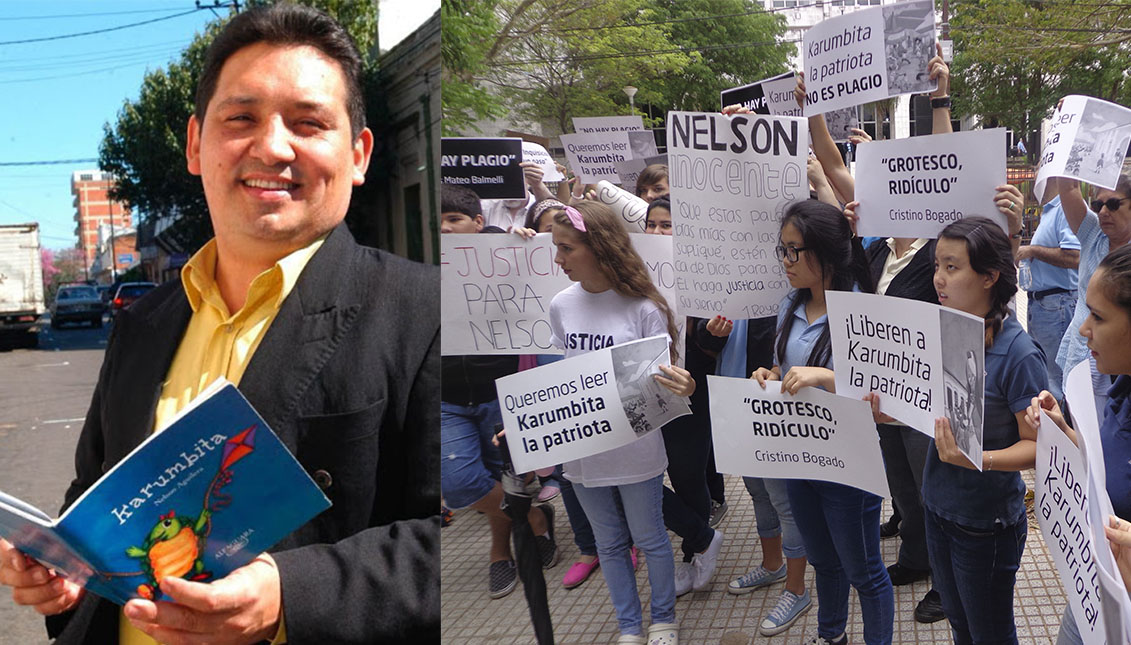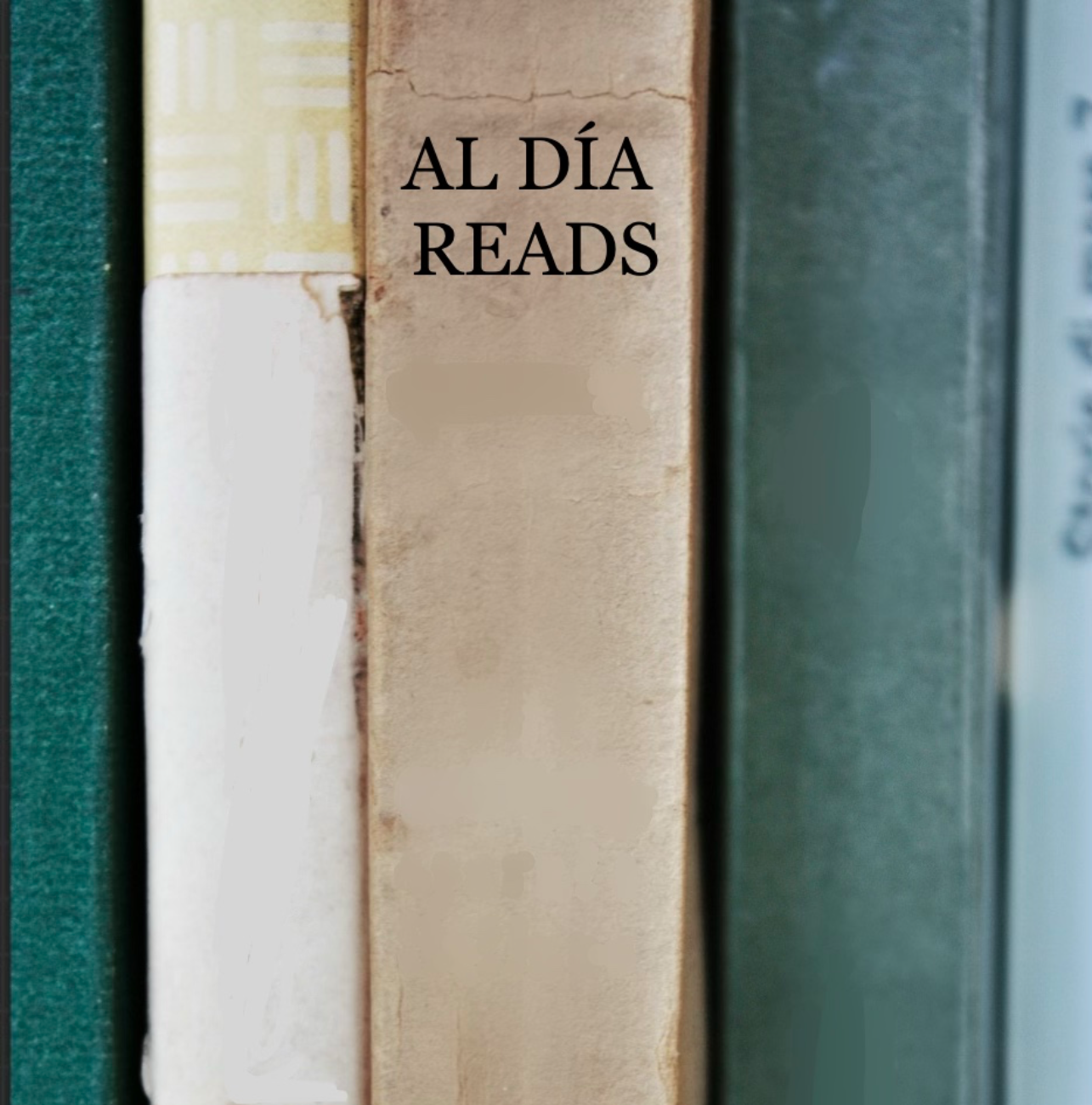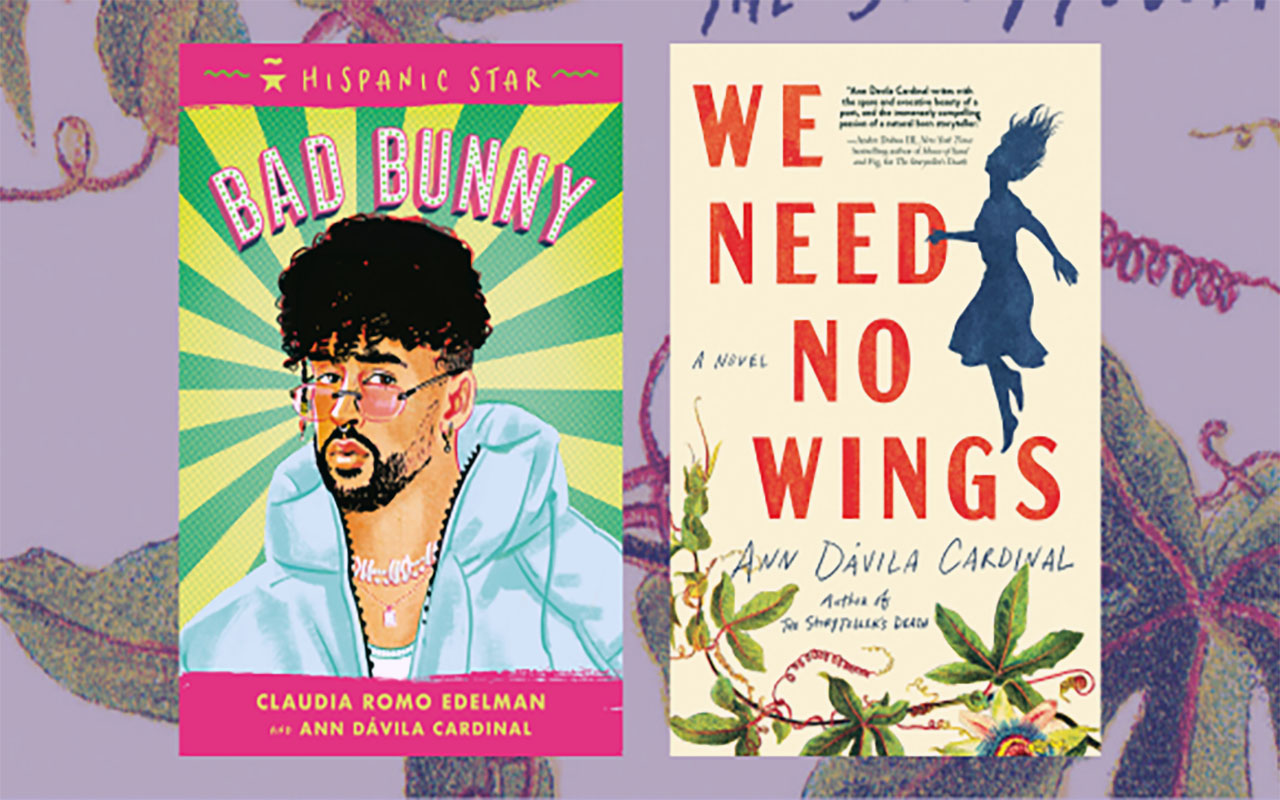
Is Time Travel Copyrighted?
Paraguayan writer Nelson Aguilera took ten years to fight a plagiarism charge that could have sent him to prison.
In Paraguay, a country where according to reading rates, each citizen reads less than 0.25% of a book a year, a writer has just escaped prison after a questionable plagiarism case that has been simmering for more than a decade and had to be mediated by writers' organizations such as the International PEN Club.
In 2010, children's author Nelson Aguilera was sued by another fellow writer, María Eugenia Garay, on charges of "intelligent plagiarism" - when someone else's text is not copied verbatim, but the fundamental ideas are used.
Garay alleged in 2010 that Aguilera had plagiarised her 2005 adult novel El Túnel del Tiempo to write Karumbita: La Patriota, a children's story published by the Spanish publisher Alfaguara.
The accusation was based on the fact that Nelson Aguilera had used the motif of time travel, also central to the Garay's story, and had made his characters travel back to the same historical date, 14 May 1811, in the midst of Paraguay's struggle for freedom.
In the story of Karumbita, it is two children and a magic turtle who dreams of building a time machine that travels to that period, while in El Túnel del Tiempo, it is two children who travel with their grandfather and various historical figures, among them Paracelsus and Albert Einstein, to different key points in the history of humanity - one of them, the country's declaration of independence.
Although six different experts and numerous writers found that the similarities between the two stories could not be considered plagiarism, as published in a note in support of Aguilera by PEN Club International at the time, the accusation prospered in an unprecedented way in the country, sentencing the author in 2013 to spend two years and six months in prison. However, María Eugenia Garay had asked for five years of punishment.
"It was the first time that a writer had gone to prison for plagiarism that was not even proven".
The ruling was unanimous in favor of the female writer, and the judge in the case, Víctor Alfieri, said at the time that Aguilera "necessarily" used Garay's book as a model for writing Karumbita "because of the knot and the sequence of events that take place in both works."
Nelson Aguilera defended himself in turn, joining the voices of several writers who denounced that María Eugenia Garay was the sister of a minister of the Supreme Court of Justice.
However, the case dragged on for a long time, almost as if the aforementioned machine used as the reason for both stories' journey had broken down.
The copies of Karumbita were frozen, and Nelson Aguilera's reputation was also seriously damaged by this accusation.
Until last December, when ten years later, the case was declared extinct.
RELATED CONTENT
"Thank God I recovered all my rights because I could not leave the country, now I can manage my passport, nor could I work in public entities or participate in public tenders," Aguilera told Efe about the impediments that the alternative measures to prison meant for him.
For the author, the solidarity of fellow writers in Paraguay and outside the country, who sent letters to the government, the court, and embassies, was key in preventing the case from going ahead.
"It was the first time that a writer was going to jail for plagiarism that was not even proven," Aguilera recalled. "Historical data doesn't belong to anyone; it is universally owned," he added.
Whoever is free of blame... Curiously, the Paraguayan newspaper La Nación reported in 2015 on a scandal that had María Eugenia Garay, the scourge of plagiarism, in the spotlight.
It happened when fans of The Lord of the Rings detected that Garay had used illustrations from Tolkien's book for her novel En busca del tesoro de los dioses (In Search of the Treasure of the Gods, 2006).
This prompted one of the illustrators concerned, Canadian illustrator John Howe, to react to the blatant use of his images in this witty way:
"It seems Gandalf forgot to ask permission to enter Paraguay and ended up in a book. I honestly think the book deserves better than a poorly photoshopped collage. The publisher could even have commissioned an original illustration from a local fantasy illustrator. Even taking into account the old saying that you can't judge a book by its cover, you can judge the publisher's commitment, and it really shouldn't consist of a botched hack of a well-known image. Surely it would be preferable to see the collaboration of one or more of the young artists who would probably find their inspiration to create a work worthy of an original series," Howe wrote on Facebook.











LEAVE A COMMENT:
Join the discussion! Leave a comment.